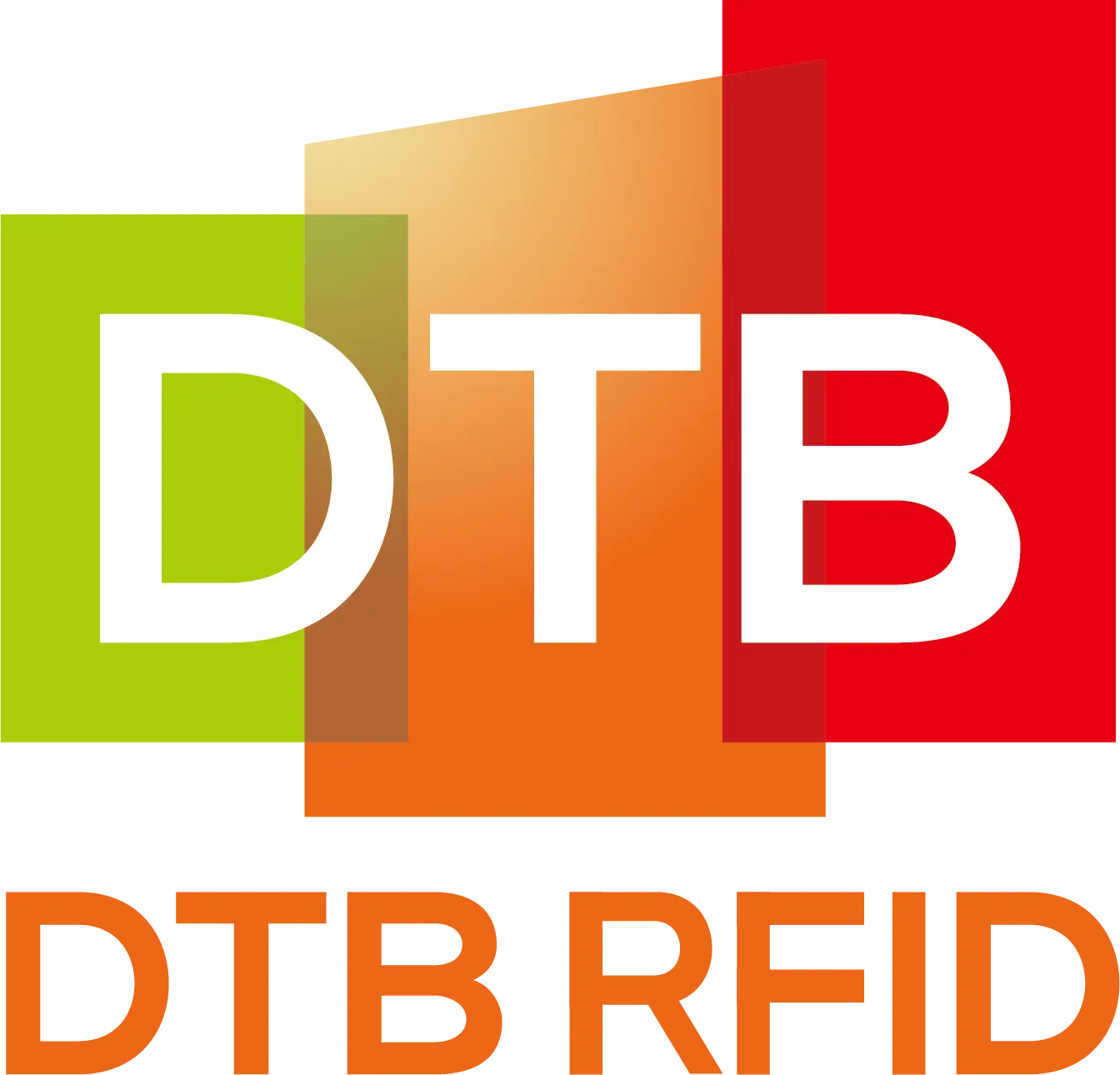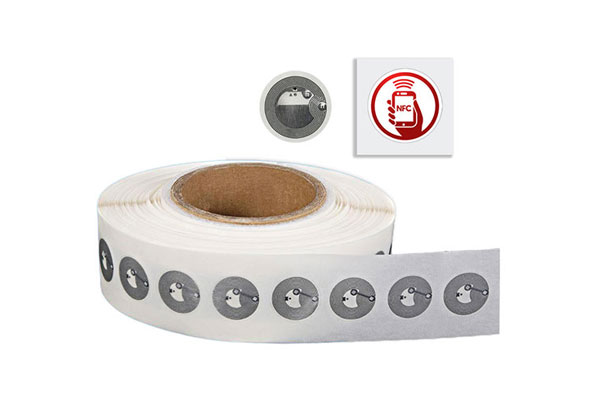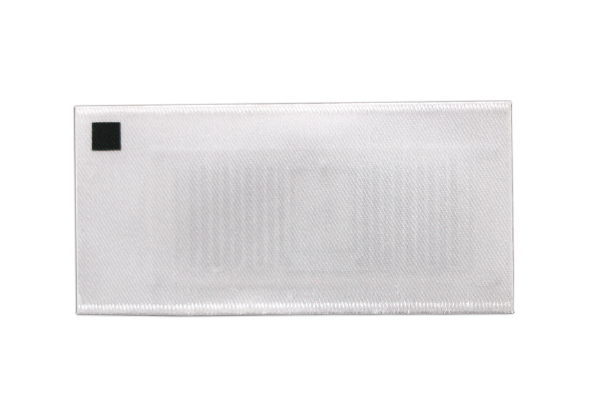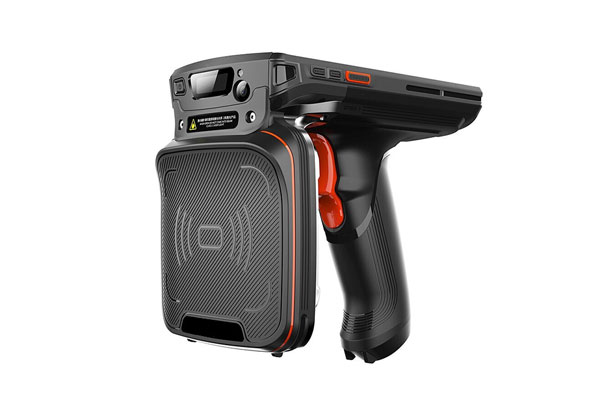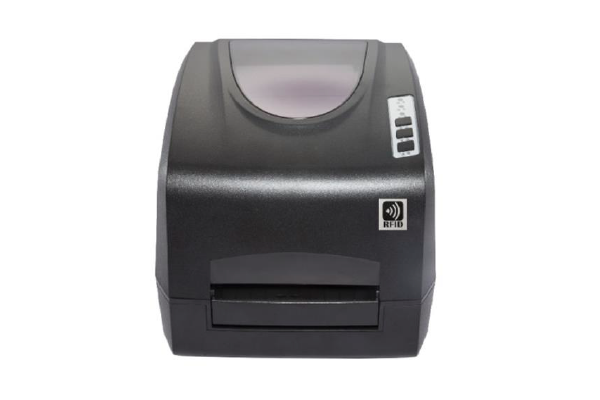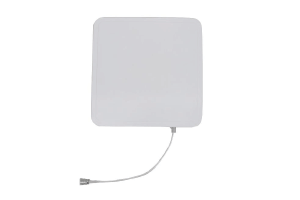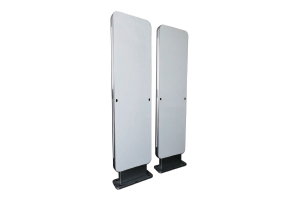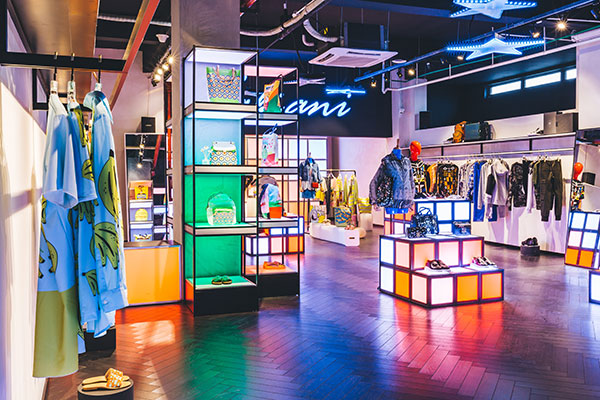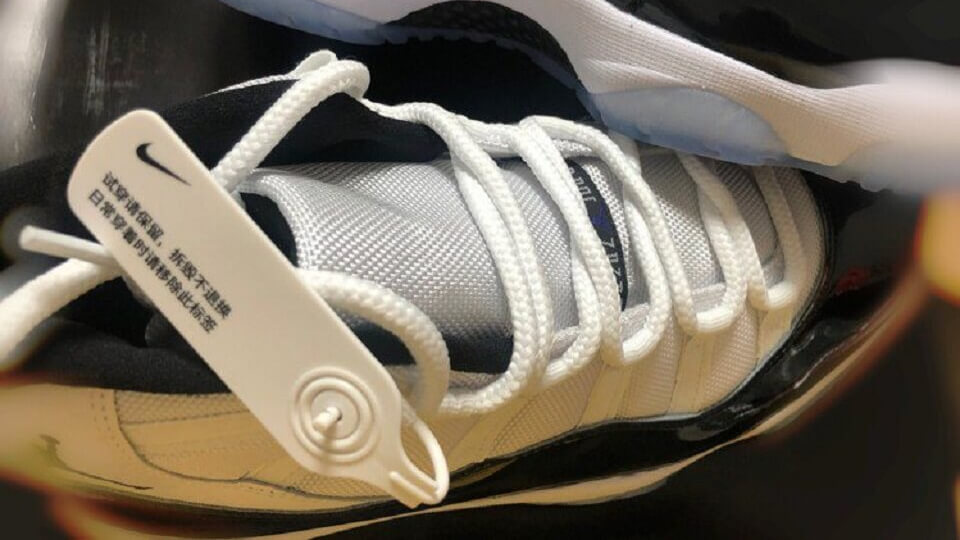You must have seen tags on shoes, but you might not be familiar with RFID tags on shoes. This article will introduce you to the technology and applications related to them.
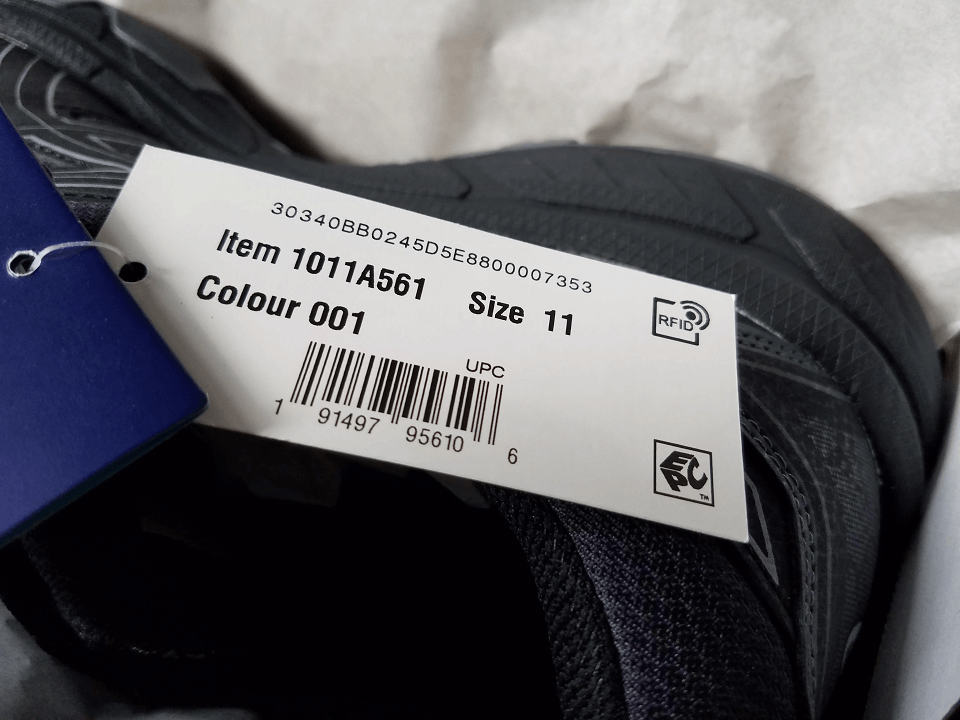
RFID is a technology that uses radio waves to identify items and is widely used in shoe management. It can automatically identify items with RFID tags, making management more efficient, convenient, and cost-effective compared to manual management.
In fact, as early as 2019, Nike started installing RFID tags in all its footwear and apparel lines. The brand aims to drive its digital transformation with RFID technology, which provides real-time data. This RFID initiative has subsequently yielded significant returns.
After the COVID-19 pandemic, more consumers turned to online shopping, and Nike’s digital sales surged by over 75%, accounting for about one-third of Nike’s total revenue.
In the Factory
RFID shoe tags typically consist of the following components:
Chip: An electronic component that stores information such as the shoe’s style, size, and color.
Antenna: Responsible for transmitting and receiving radio signals, similar to a radio antenna.
Substrate: The material of the tag, usually made of durable fabrics like nylon, to withstand daily wear and tear.
Before reaching the store, these shoes are tagged with unique RFID labels in the factory, encoded with information about their origin, composition, size, color, etc. From that point on, the shoes can be tracked in real-time through transportation, storage, shelving, sale, and eventually onto the consumer’s feet.
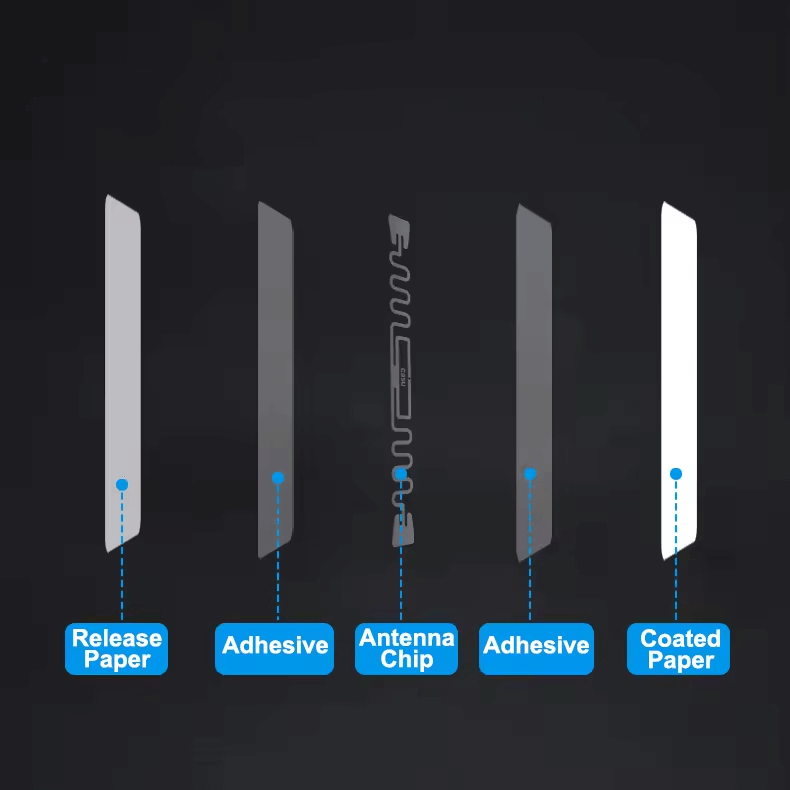
In Retail Stores
1. Enhanced Inventory Management
Like any business, RFID is an ideal solution for inventory management. With just a click of a button, the entire room’s shoe inventory can be identified, and all related information can be immediately obtained.
Employees can easily monitor inventory on shelves, in the back of the store, and in warehouses, reducing out-of-stock and overstock situations. They can also analyze traffic between different areas to better conduct long-term evaluations and planning.
2. Increased Visibility
At Saks Fifth Avenue’s flagship store in Midtown Manhattan, approximately 4,000 pairs of shoes need to be displayed at all times. Using traditional inventory methods, Saks found that only about 65% of styles were displayed, and the process took up to four days to complete. Because shoppers can’t buy what they don’t see, Saks struggled to meet sales targets.
With RFID-based inventory processes, a full cycle count of the entire sales floor takes only 20 minutes, and the shoe display rate has risen to nearly 100%.
3. Improved Customer Experience
Choosing the right size shoe is crucial for consumers. Shoes that are too big or too small can not only cause foot pain but also likely lead to knee, hip, and back pain.
RFID tags help users avoid buying the wrong shoes by allowing them to clearly understand the style, color, and size of the shoes they are interested in. Shoppers can even find the exact location of the shoes in the store as soon as they enter.
4. Preventing Counterfeits
Counterfeiting is a major scourge in retail, posing high risks and damaging brand reputation and revenue.
RFID technology can effectively prevent counterfeiting by enabling product authentication and traceability at every step from production to the supply chain, inventory, and final sale. Each RFID tag is encoded with unique product information, allowing manufacturers and retailers to verify the authenticity of goods throughout the supply chain.
Consumers can use RFID-enabled devices (such as smartphones) to verify the authenticity of shoes before purchase, minimizing the risk of buying counterfeit products.
5. Using RFID for Theft Prevention
When an unpaid pair of shoes with an RFID tag leaves the store, the RFID system will immediately trigger an alarm, providing additional security. This mechanism not only minimizes theft risk but also enhances the management of high-value items like branded clothing or accessories.
Large brands such as Zara, H&M, and Decathlon use RFID technology to maintain store security.
6. Convenient Payment
RFID technology makes the checkout experience faster and smoother. When you purchase shoes and many other items, there’s no need to manually scan each item. RFID readers quickly and simultaneously identify multiple items (such as those in a shopping bag or cart), reducing your wait time. Some RFID readers offer high read rates of up to hundreds of tags per second.
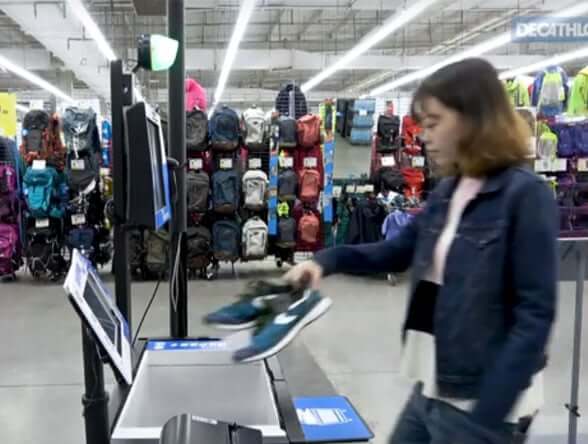
Challenges and Considerations
While using RFID tags on shoes has many advantages, there are also some challenges and considerations, such as addressing privacy and data security issues. In Europe, retailers must inform customers if their products use any type of data collection/storage chips. Some brands notify customers in advance and answer their privacy-related questions, while others deactivate RFID/NFC tags at the POS.

